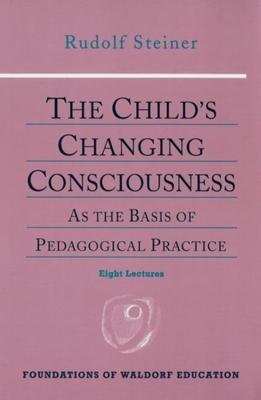8 lectures, Dornach, April 15-22, 1923 (CW 306);
plus "Introductory Words to a Eurythmy Performance"
Three and a half years after the founding of the first Waldorf school in Stuttgart, Germany, these talks were given to an audience of Swiss school teachers, most having little knowledge of Anthroposophy. This is the context of these lectures, which are among Rudolf Steiner's most accessible talks on education.
A teacher who attended the lectures wrote in the Berne school paper:
"Every morning, as we listened anew to Dr. Steiner, we felt we had come closer to him and understood better what he had to say and how he had to say it. Daily, we newcomers gathered, asking ourselves: Why are more of our colleagues not here? It is untrue that anthroposophy limits a person, develops blinkers, or avoids real life.... Step by step, Dr. Steiner shows its application to life...illumining the details and disclosing their connection with profound questions of life and existence. I came to the conference to stimulate my school work. I found benefit in abundance. But also, I unexpectedly received a greater richness for heart and soul--and, from this in turn shall stream richness for my classes."In other words, these lectures are ideal for anyone who is approaching Waldorf education for the first time. Using language that any teacher or parent can understand, Steiner goes into the essentials of his educational philosophy, providing many examples and anecdotes to convey his meaning. In this way, against the background of the developing child, he allows the curriculum and the method of teaching to emerge as the commonsense conclusion of practical experience.
German source: Die pdagogisch Praxis vom Geichtspunkte geisteswissenschaftlicher Menschenerkenntnis (GA 306).
